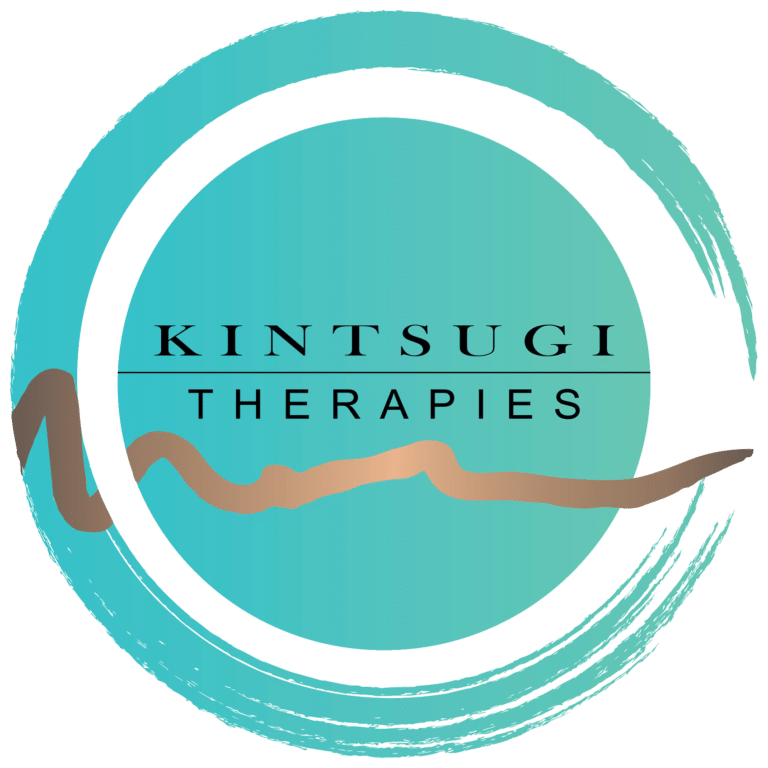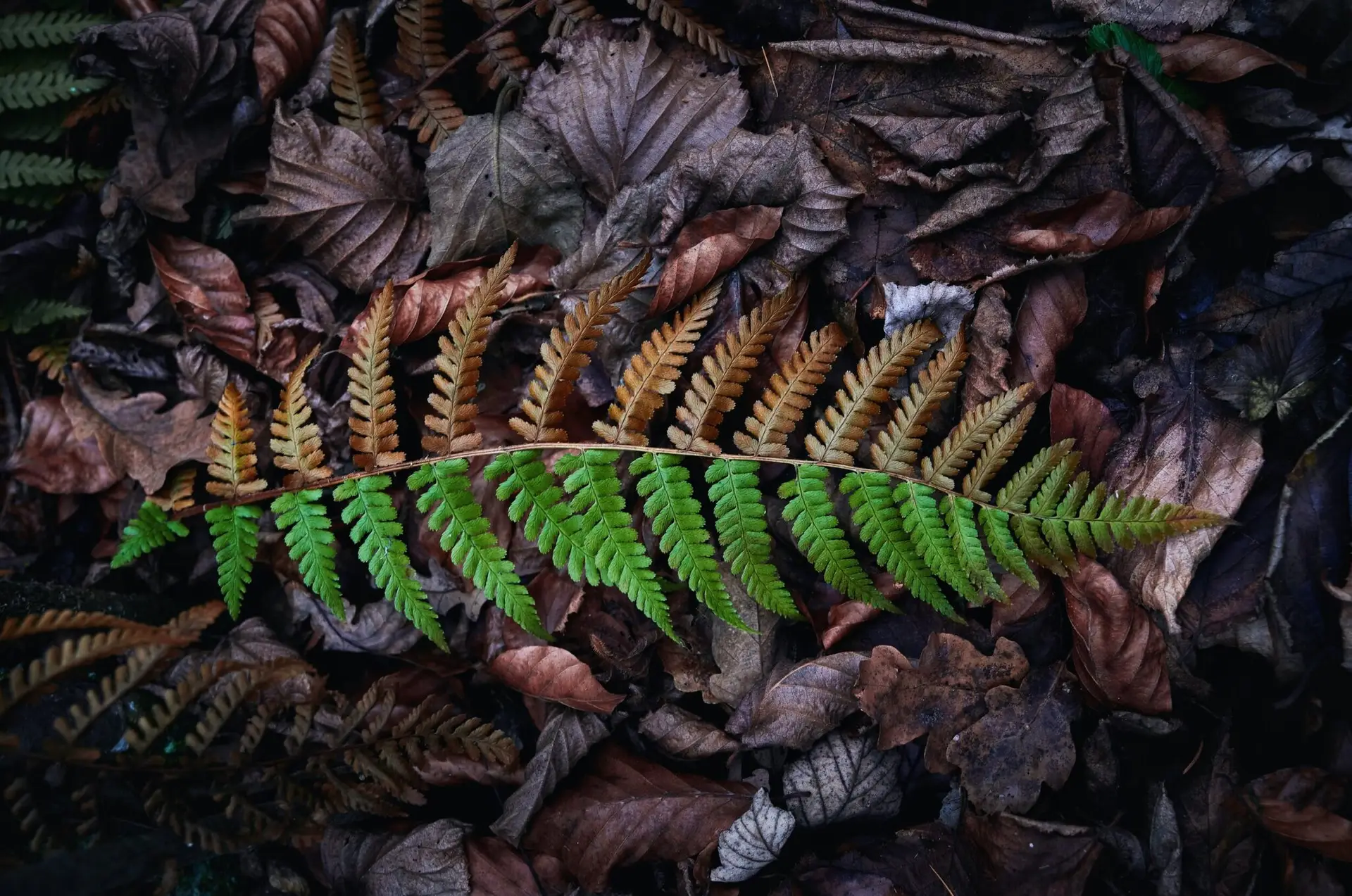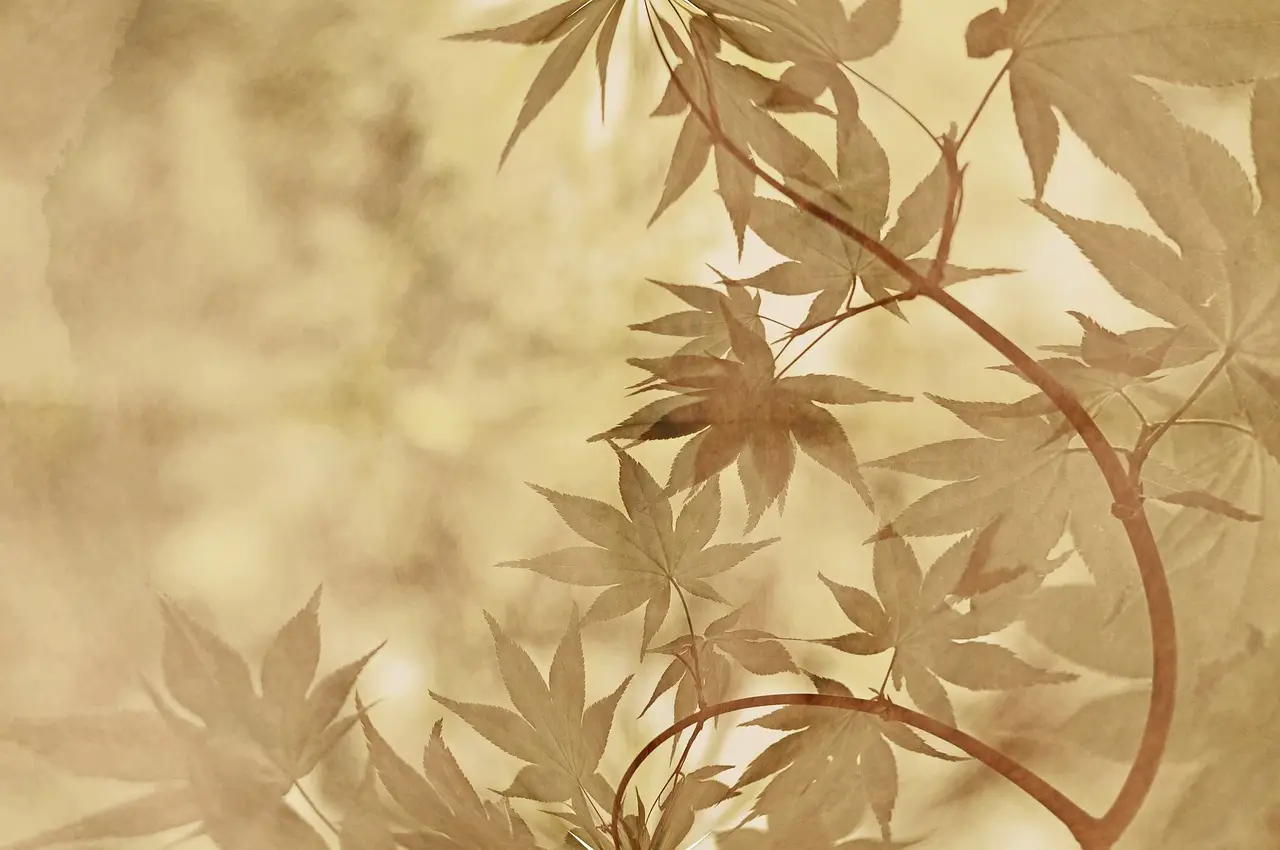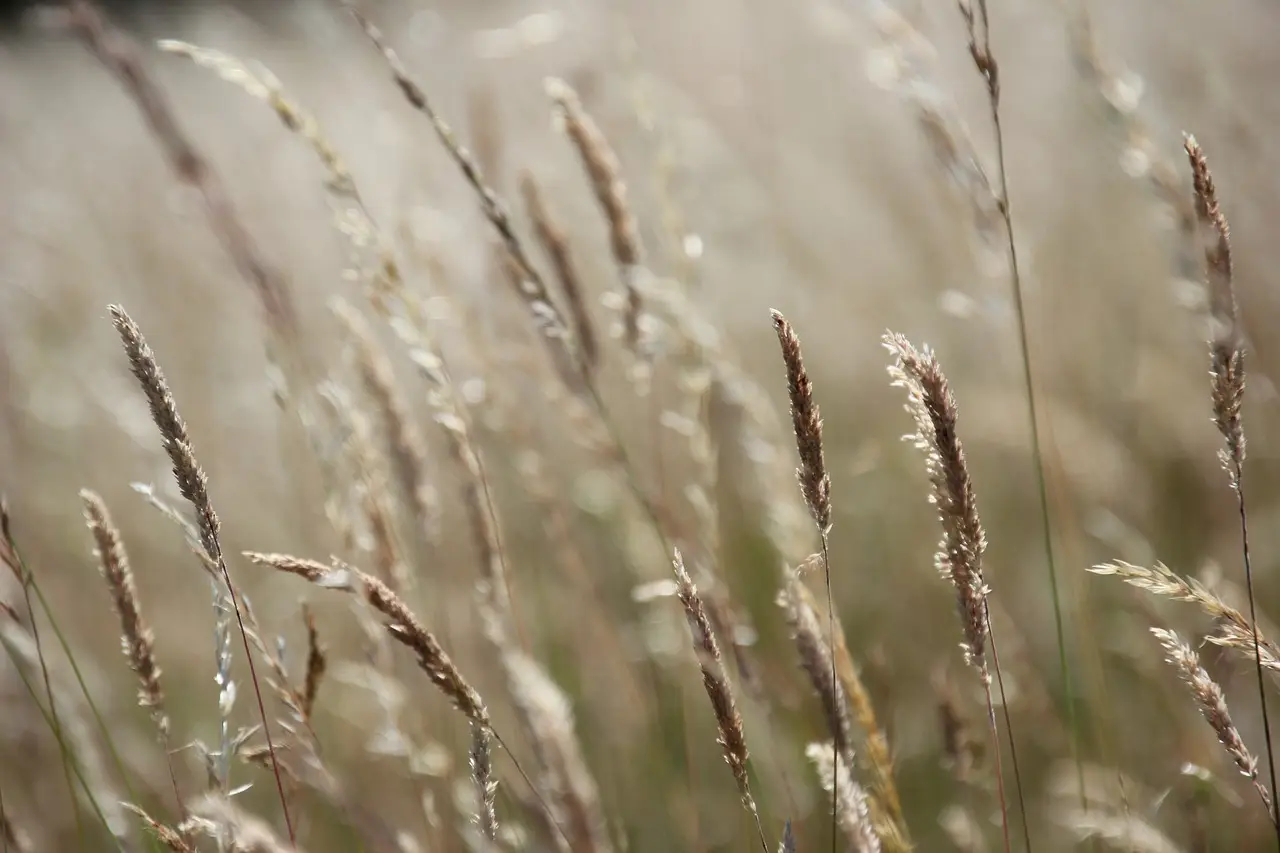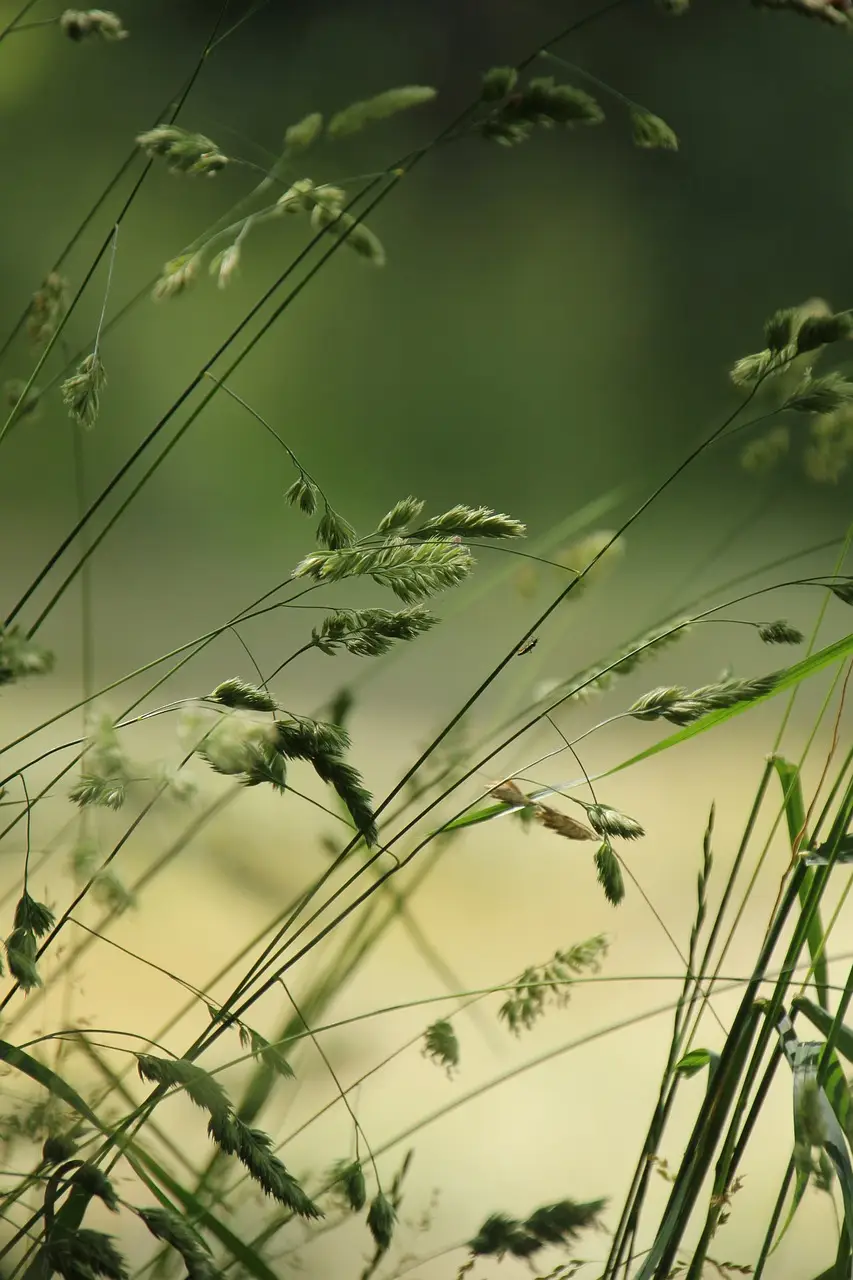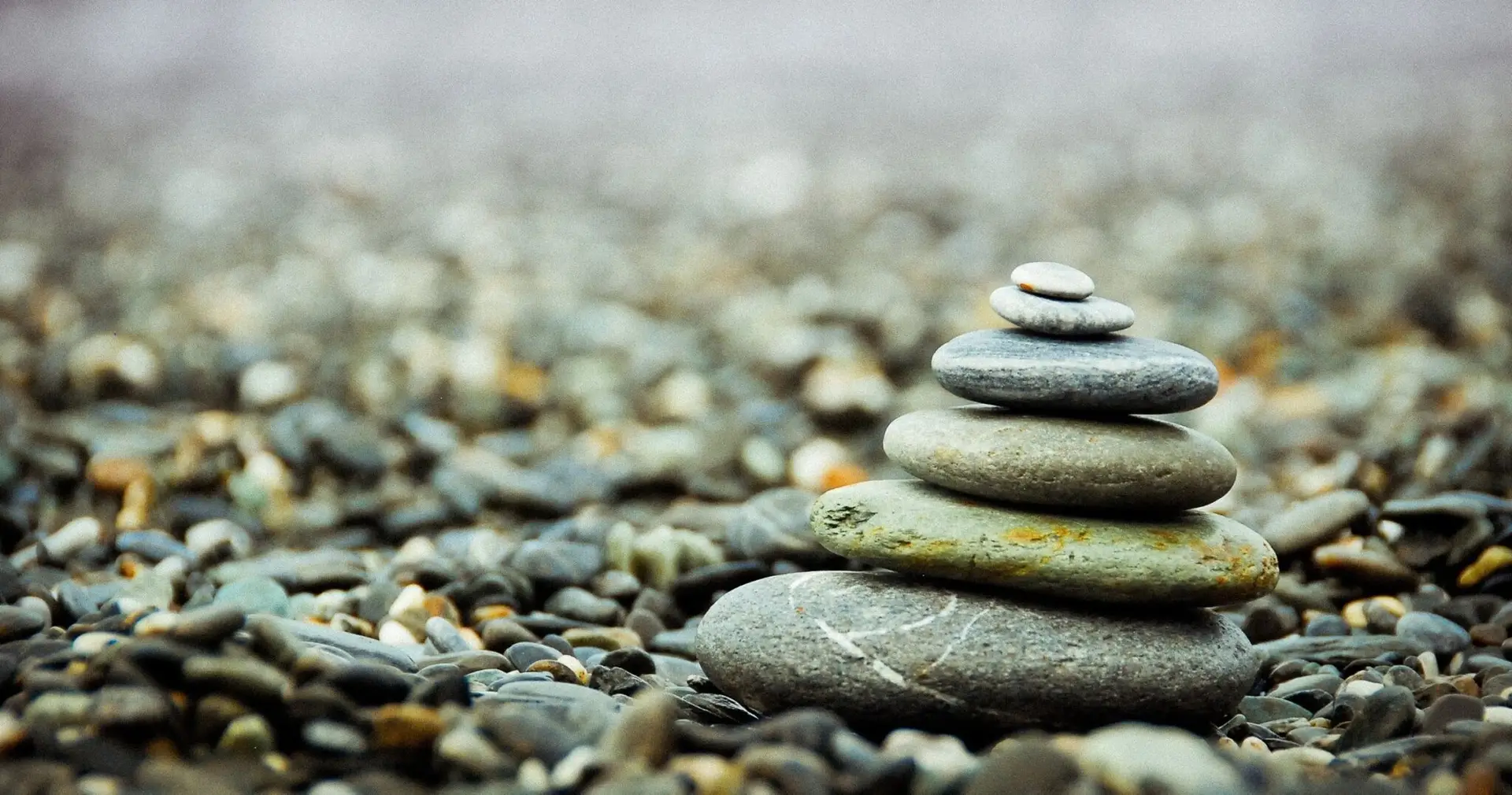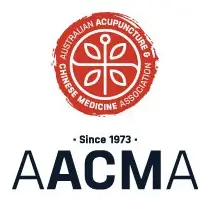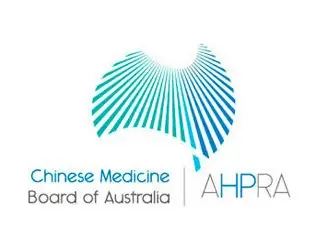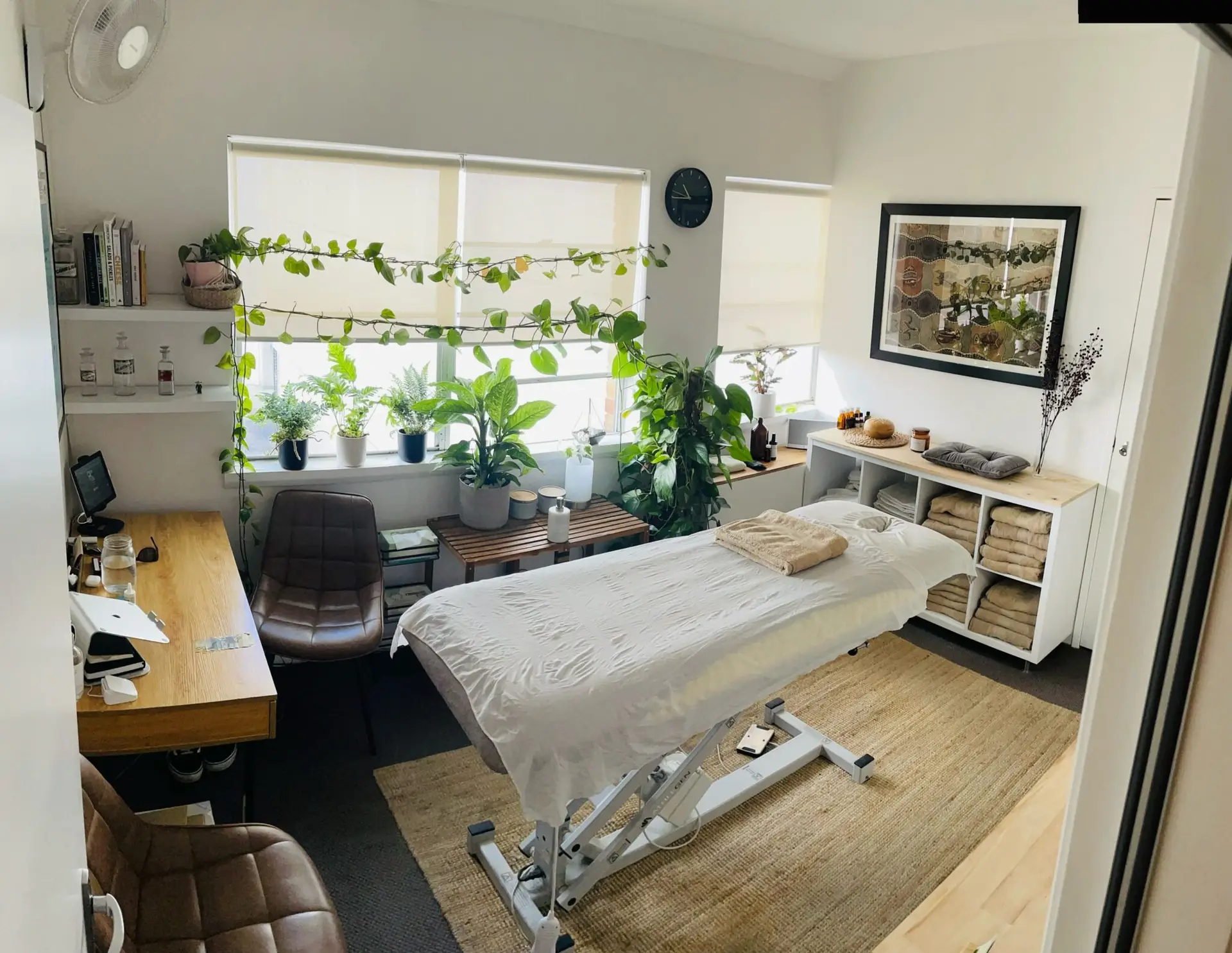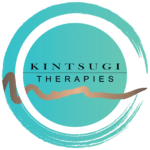ACUPUNCTURE QUESTIONS
Acupuncture is quite literally the insertion of fine filiform needles into specific defined points on the body. The points are part of the Chinese acupuncture channel system and have been documented and used for over two and half thousand years.
The acupuncture needle is a tool to influence these channel systems which have clearly defined, specific and broad influence over body physiology from a Chinese medicine perspective.
A 2019 Systematic review: Safety and side effects of Acupuncture in Australia, published in the European Journal of Integrative Medicine found that;
‘Acupuncture is generally a safe modality and serious adverse events after treatment are uncommon when supported with well-established guidelines and practiced by licensed, qualified practitioners.
The main reported side effects of acupuncture tends to be spotting (tiny bleed on needle removal) or minor bruising. Fainting, nausea, residual discomfort or altered energy levels can occur but are rare.
I am only ever a phone call away if you ever have any concerns following a treatment.
Chinese medicine (Acupuncture) is a highly regulated profession here in Australia. All practitioners are now required to have completed a university degree, register with APHRA, be a member of a professional association and be a qualified first aider.
Yes, acupuncture is considered a safe therapy during pregnancy and has become a popular alternative for women seeking assistance with pregnancy associated health concerns. Positive research papers related to reduced labour times, improved cervical ripening, correcting breech presentations, reduction in nausea, improved pain relief and successful labour induction have been published. On-going research is required in this area.
The following information is from WHO: Benchmarks for the practice of acupuncture
Contraindications for acupuncture
4.2.1 By disease and syndrome
Acupuncture treatment should not be administered to people with a disturbance of blood coagulation.
Acupuncture treatment should not be administered to people with unstable epilepsy.
4.2.2 By condition
Acupuncture treatment should not be administered to infants on the fontanelle before it has closed.
Acupuncture treatment should not be administered to the lower abdomen or lumbosacral region in
women who are pregnant, to avoid contraction of the uterus.
4.2.3 By treatment region
Acupuncture treatment should not be administered to body regions where there are ulcers, sores or scars (my note: fresh scars, acupuncture is used for the treatment of scar tissue)
The depth of needle insertion should be strictly controlled for acupoints located close to vital blood
vessels, nerve trunks and vital organs.
Ref: https://www.who.int/publications/i/item/978-92-4-001688-0
There are a number of precautions for acupuncture, before, during and after treatment, that professional acupuncturists are guided by and I’m aware of these.
There are two main frameworks for the explanation of the mechanism of acupuncture, those are; the western scientific model and the east Asian model. Briefly, the western model is based on the ability of acupuncture to affect the nervous system….. https://chriskresser.com/chinese-medicine-demystified-part-iv-how-acupuncture-works/
Acupuncture in the east asian model fits into a comprehensive and whole understanding of a human beings place in the broader environment and the internal and external interactions (Qi) that occur between both. Unfortunately a translation in the early days of acupunctures transmission to the west meant that the Chinese word ‘Qi’ was translated as ‘energy’ (and it is certainly one meaning). A certain focus of acupuncture practice tended to negate the practical and very physical medicine that it is for the ‘meridian’ (energy) understanding.https://chriskresser.com/chinese-medicine-demystified-part-iii-the-energy-meridian-model-debunked/
Modern research is now demonstrating that the ancient Chinese physicians while certainly having an energetic understanding of all phenomena also had an uncanny ability to decipher real body physiology and how to influence that physiology within an integrated framework. Pls see the following resources for more info.
I’ve included links in the resources section to quality articles that go a bit deeper into these models.
https://www.evidencebasedacupuncture.org/acupuncture-scientific-evidence/
There are two possible types of evidence for acupuncture’s effectiveness, quantitative (clinical trials) and qualitative (everything else).
The short answer is that acupuncture has been observed to create various effects on the body. Rigorous scientific trials due to their complexity often fail to conclude in favour or against acupuncture but many positive evidence from various trials have been published. Some scientific sceptics tend to say there is little or no measurable effect while other scientists, researchers and medical professionals proclaim its’ various mechanisms and potential for healing.
While the hardcore scientific debate continues hopefully the quantitative evidence that exists along with qualitative evidence, including a vast array of case studies and anecdotal evidence by millions of people over thousands of years in hundreds of countries will encourage you to give acupuncture a go and see what it can do for you.
You’ll feel it! It may be subtle. Effects and changes can occur gradually over time, or it may be more immediate. Depending on your issue I’ll give you a timeframe, if you feel improvement isn’t happening or not at the pace you would like, I’m upfront and we can discuss your options openly.
Sometimes as I go through my notes with a client who has been having treatment for awhile, I may mention an issue they brought up when they first came in, to their surprise they hadn’t even noticed but it was improved or no longer an issue. Because acupuncture is based on treating the person, global improvements are often reported by clients e.g. improved sleep.
Acupuncture needles are as fine as a hair, so most people won’t feel much.
Having said that, everybody experiences needle insertion differently and a person’s anticipation may even heighten any feeling. Acupuncture can elicit a variety of sensations, including dull aching, warmth, tingling, pulling, water flowing etc.
I always gauge my client’s potential anticipation of acupuncture and work through it by various means, including distraction, breathing or heavy pressure to the area to help minimise any potential pain feeling.
By far the most common statement I hear from first time acupuncture clients is – ’oh is that it’! The anticipation was much worse than the actual sensation.
Most people find acupuncture to be extremely relaxing and feel rejuvenated afterwards.
No, it’s not. In Australia Acupuncturist is a protected title. Therefore, only qualified professionals who are registered with AHPRA can call themselves by this title.
Acupuncture is based on a comprehensive, coherent and interrelated channel system within a Chinese medicine framework and its dynamic influence on the whole body.
Acupuncture includes needle techniques on muscles that bring about the same effect as dry needling, however this is but one small aspect of the overall scope and power of acupuncture.
The purpose of dry needling or the technique used in dry needling is to improve or restore function to a muscle. The technique itself is based on insertion and rotation of the needle into specific muscle fibres of various muscles to help release and alter that muscles tone and can produce instant and lasting results when performed correctly.
A legal loophole in many countries has allowed non-Acupuncturists to use this technique and incorporate the use of dry needling on clients, often with very little training hours undertaken.
An example, I undertook over 700 supervised clinical hours to become an Acupuncturist, a dry needler can obtain a certification with as little as 16 hours i.e. a 2-day course (for those with proven anatomical training backgrounds).
You can make your own choice but I recommend, for your own safety, to only receive needling from a registered and qualified Acupuncturist.
See also FAQ – ‘What is Dry Needling’ (below).
Never, absolutely not. Acupuncture is a highly regulated health profession and only single use sterilised acupuncture needles are used and disposed of in the correct manner.
I work in a similar style to a GP, people come to see me for a variety of health issues and concerns. I do have some special areas of interest , see HERE.(LINK NEEDED)
Acupuncture & Chinese medicine does not seek to ‘cure’ illness, instead it works by helping to bring your body/mind back into its natural homeostatic state (balance).
Just as water tends to find the lowest point in a natural way, once we begin to tap into and activate your body’s innate defence and restorative system we’re aiming to induce a positive and natural knock on effect.
A symptom is a signal that a bodily system in either under or over functioning, while it’s important to address symptoms, especially in the acute phase, what’s more pressing is that the root of the issue is addressed so that the problem does not re-occur.
Chinese medicine and acupuncture excel at this.
You can find some of the more common reasons for coming to Kintsugi Therapies HERE.
I also have a network of other experts that I can refer you on to if I believe you’ll be better served, these include, Western MD, Physio, Osteo, Chiro, Kinesiologist, Clinical Pilates instructor, Tai chi instructor, Yoga instructor, Personal trainer, Naturopath, Macrobiotic counsellor, Dietician and more.
The World Health Organisation recommends acupuncture for these conditions http://digicollection.org/hss/en/d/Js4926e/5.html
If you’d like to get a bit nerdy on details, please read WHO’S complete Review & Analysis of Reports on Controlled Clinical Trials
http://digicollection.org/hss/en/d/Js4926e/
If you’re still unsure if acupuncture can help you, please drop me a line HERE. I’d be happy to answer any questions you may have.
Acupuncture like most regulated health interventions is based around a diagnostic framework, except this framework is based on the Chinese medicine model.
A full case history is taken in relation to your health concern but leaves room to get to know you as a person and your unique circumstances.
I want you to feel comfortable to let me know what’s going on and what you need.
You can expect a detailed enquiry and questions, some may seem unrelated to your condition but within our model it has relevance.
Other diagnostic tools we use are, observing your tongue, assessing your pulse and most likely some body palpation.
In an initial consult we will have a discussion around findings and aims for therapy going forward.
On a follow up appointment, we will discuss any changes and base the treatment on the collective information to that point.
Acupuncture points are chosen based on your presentation and a treatment carried out (needles inserted).
Initial session including consultation can take up to 80 mins. Follow up sessions are 40-60 mins.
The medias representation of acupuncture is often based on half-clad bodies with a porcupine’s array of needles in a person’s back.
The reality is that most acupuncture points are accessible if you are wearing loose fitting clothing. Acupuncture points on the back are commonly used, however, I will always drape appropriately when using these points.
Your privacy and personal comfort will always be top priority to me.
The number of needles used during each session may vary but I aim for minimum needles, maximum effect.
As with everything Chinese medicine, it’s a balancing act to get it right.
If you have any relevant scans, imaging, testing etc. that you’d like share please feel free to bring in.
I also suggest having eaten a light meal 1-2 hours before your scheduled session or at least avoid treatment on an empty stomach.
Please try to let me know in advance if you’re nervous about acupuncture and I can take a little extra time to reassure you.
Otherwise just come on in and we’ll go through your reasons for seeking acupuncture and how you hope to improve your health.
It’s best to wear comfortable, loose clothing.
Treating certain body areas may require you to remove some clothing items to allow comprehensive treatment.
You will always be asked if you’re comfortable with this and if so, I will respect your privacy and appropriate draping will always be applied.
It will depend on your body on that day, at that time.
For some people it takes a little time to come around, you may feel a bit ‘out of it’, tired or even feel like you want to sleep. If so, I advise waiting sometime before driving.
Or you may feel energized or ‘in the flow’.
If we’re trying to address pain patterns or improve mobility then we will look at your baseline before and after treatment to see if there is a noticeable improvement, sometimes this occurs post treatment or in the days between sessions.
Most people experience a deep sense of relaxation and well-being following acupuncture.
Generally, rest & relax and allow your body time to readjust post treatment.
Avoid exposure to cold or wind in general.
I recommend drinking some warm water or a non-stimulating warm drink (calming herbal tea).
If you must work by all means do (life goes on right!) but try to avoid stressful or aggravating situations if possible.
I may also recommend some stretches for you depending on your issue.
You may feel improvement from the very first session. However, because every patient case varies, timelines can be provided following an initial assessment.
I use the following as a rule of thumb (i.e., guideline only)
- For more minor, non-chronic injuries or movement challenges, we would hope to see dramatic improvement within 4-6 sessions.
- For more major or chronic injuries or movement issues this extends 10-12 sessions.
- For severe or long-term chronic issues, it may take up to 20 sessions to see a significant resolution of your symptoms.
Reviewing progress is an essential part of the treatment process and is carried out on an ongoing basis.
I don’t believe so; I believe ongoing illness is expensive.
https://www.aihw.gov.au/reports-data/health-conditions-disability-deaths/burden-of-disease/overview
At some point perhaps we reach a stage where we realise that band aid on top of band aid, a pill for every ill is not sustainable for our bodies or our pockets.
Acupuncture seeks to bring about change at the root level of disease. While I can’t guarantee success in every case, I can promise that I will make every effort to make it a worthwhile experience for you. You can check out fees page here LINK
I also offer pre-paid package acupuncture treatments (e.g. 3/5/10 pack) to make session more cost effective for you.
Most private health funds offer rebates to their clients for acupuncture treatments.
Please check with your individual provider if you are in any doubt.
HICAPS on-site claim is available with your health fund card.
Don’t have your card on you?, that’s ok, I can provide you with an invoice with which you can claim.
I understand that sometimes it can be difficult to keep your appointment. To be fair to me and to other patients who may need appointments, I request that you give at least 24 hours’ notice if you need to change or cancel your appointment.
If you cancel or change your appointment with less than 24 hours’ notice you may be charged a late cancellation fee.) LINK NEEDED
If you miss an appointment, you may be charged the full consultation fee.
